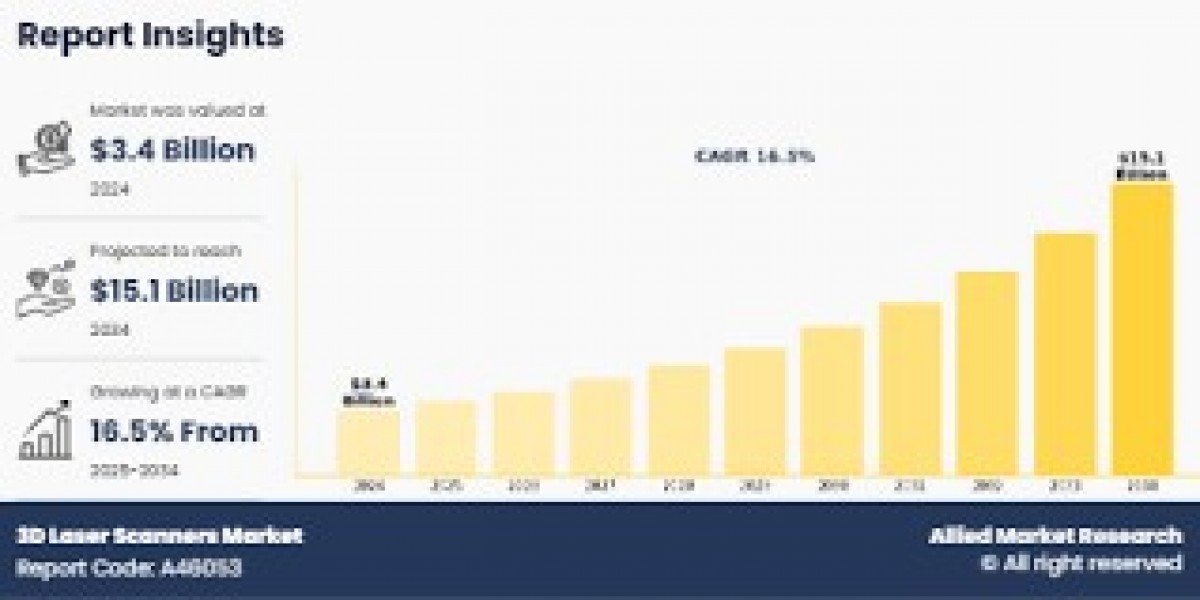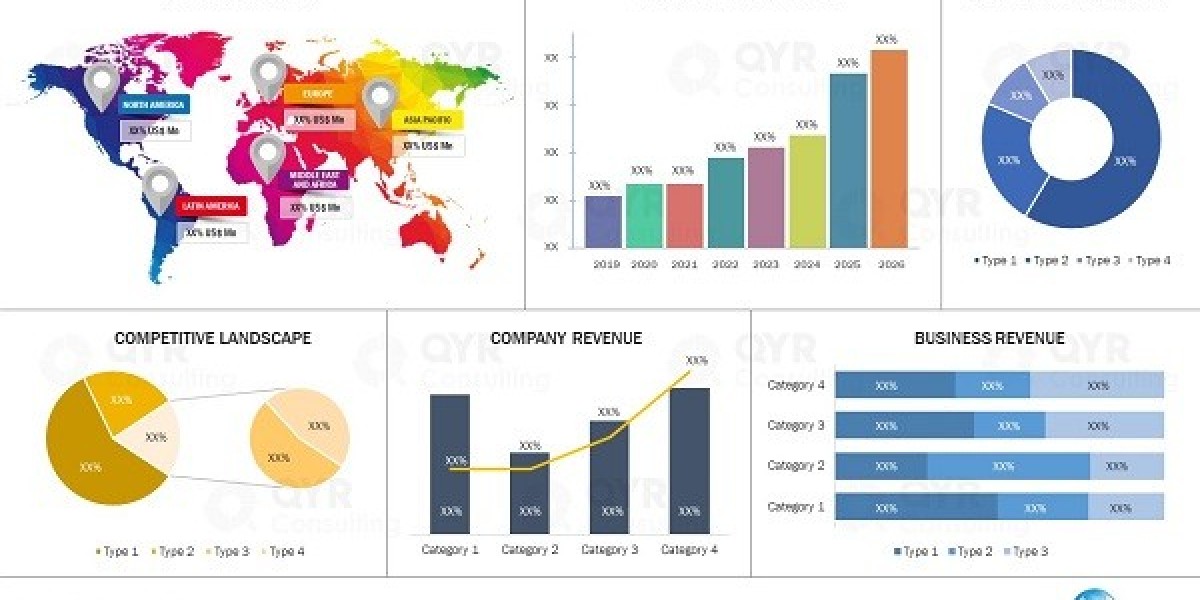The Transparent Future: Navigating the Global Transparent Conductive Film for Display Market
The global transparent conductive film (TCF) for display market is a pivotal and rapidly expanding sector, underpinning the functionality of nearly every modern interactive screen. These thin, optically clear, and electrically conductive layers are indispensable components in a vast array of electronic devices, ranging from the ubiquitous smartphone to cutting-edge flexible displays and smart automotive systems. Driven by an insatiable consumer demand for intuitive touch interfaces and high-resolution visuals, this market is experiencing robust growth, with projections indicating continued expansion in the coming years.
Defining the Core: What are Transparent Conductive Films?
At its heart, a transparent conductive film is precisely what its name implies: a material that allows light to pass through with minimal obstruction while simultaneously conducting electricity. This unique combination of properties is crucial for touchscreens, where the film registers touch input, and for displays, where it acts as an electrode to control pixels. The most common material historically used for TCFs is Indium Tin Oxide (ITO), applied on substrates like glass or PET (polyethylene terephthalate). While ITO on glass remains a dominant force due to its established performance and reliability, the market is actively exploring and adopting alternative materials to address cost concerns and enable next-generation display technologies.
Key Drivers Propelling Market Growth:
Several key factors are fueling the significant expansion of the transparent conductive film market:
Proliferation of Touch-Enabled Devices: The widespread adoption of smartphones, tablets, laptops, and various other touch-sensitive gadgets is arguably the most significant driver. As consumers increasingly rely on interactive interfaces, the demand for TCFs, which enable precise and responsive touch functionality, continues to surge.
Emergence of Flexible and Foldable Displays: The industry's relentless pursuit of innovative form factors, such as bendable, curved, and foldable screens, is creating new opportunities for TCFs. These advanced displays require materials that can maintain conductivity and transparency even with repeated bending and flexing, pushing the boundaries of traditional ITO and fostering the development of flexible TCF alternatives.
Advancements in Automotive Displays: Modern vehicles are increasingly integrating large, sophisticated touchscreen infotainment systems, heads-up displays (HUDs), and smart glass. This trend is generating substantial demand for high-performance and durable TCFs capable of withstanding varying environmental conditions and meeting stringent automotive standards.
Growing Demand for High-Quality, Glare-Free Screens: Consumer preference for displays with enhanced visual clarity and minimal reflections is driving the integration of anti-reflective coatings with TCFs. This combination improves visibility and user comfort, particularly in devices like smartphones and tablets, where optimal viewing experience is paramount.
Expansion in Related Applications: Beyond traditional displays, TCFs are finding increasing applications in solar cells, LED lighting, smart windows, and even wearable electronics, diversifying the market and creating new avenues for growth.
Material Landscape and Technological Evolution:
While ITO on glass continues to hold a significant market share, the industry is witnessing a dynamic shift towards alternative materials driven by the high cost and limited availability of indium, as well as the need for greater flexibility.
Silver Nanowires (AgNWs): These are emerging as a promising alternative to ITO due to their excellent electrical conductivity, high transparency, and remarkable flexibility. AgNWs are particularly well-suited for flexible and stretchable electronic devices, including flexible displays and wearable tech.
Carbon Nanotubes (CNTs) and Graphene: These carbon-based nanomaterials offer high conductivity, mechanical strength, and flexibility, making them attractive for next-generation displays and transparent electrodes in various applications. While still facing some production challenges, their potential is significant.
Metal Mesh: This technology involves creating a fine, transparent grid of metal lines, offering good conductivity and durability, especially for larger-area touchscreens.
Conductive Polymers (e.g., PEDOT:PSS): These organic materials offer flexibility and can be processed easily, making them suitable for applications like organic LEDs (OLEDs) and flexible electronics.
Challenges and Future Outlook:
Despite the promising growth trajectory, the TCF market faces certain challenges. The high cost and supply chain volatility of indium remain a concern for ITO-based films. Additionally, scaling up the production of newer materials like graphene and ensuring their long-term durability and performance in diverse applications are ongoing challenges for manufacturers.
Geographically, the Asia-Pacific region currently dominates the global transparent conductive film market, largely due to the presence of major electronics manufacturing hubs in countries like China, South Korea, and Japan. This region is expected to maintain its leading position and exhibit the fastest growth in the coming years. North America is also a significant market, driven by its robust consumer electronics and automotive industries.
The future of the global transparent conductive film for display market is undoubtedly bright. Continuous advancements in material science, manufacturing processes, and display technologies will drive innovation, leading to more efficient, flexible, and immersive display experiences across a multitude of applications. As the world becomes increasingly connected and interactive, transparent conductive films will continue to play a fundamental role in shaping our digital future.
Related Reports:
US VPX SBC MarketUS Fitness Tracker Market







